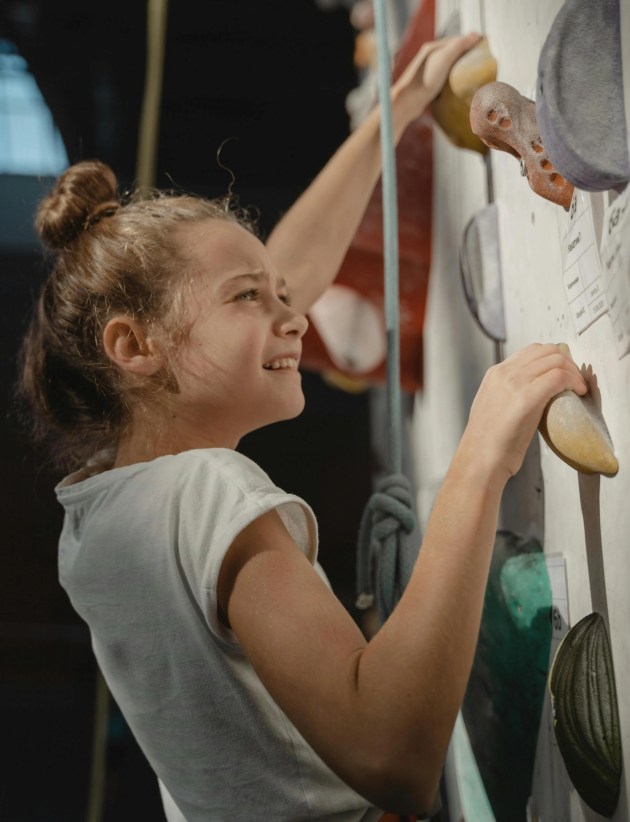
The school year is starting to wind down, heavy coats are neatly stored away, and pop songs are getting catchy. That’s right, summer is coming. As the weather heats up, everyone loves to go take a dip, be it in a neighborhood pool, a water park or one of the New York City area’s famous beaches. No one doubts the fun that can be had swimming and splashing around, but it can also be a dangerous activity, especially for younger children.
According to the Center for Disease Control, from 2005-2014 there were an average of just over 3,500 fatal drownings unrelated to boating every year. That comes out to nearly 10 per day! And about one in five drowning deaths are children 14 and younger. Drowning has quietly become a very real danger in the United States and around the world. Thankfully, there is a movement to do something about it.
Jim Spiers is a swimming aficionado who started paddling around at age 3. Today, he is the founder and leader of SwimJim, an instructional swimming program with five locations in New York City, and more throughout the USA. Together with former Olympic swimmer and two-time medalist Catherine Fox, Spiers’ goal with SwimJim is to further educate people about the importance of water safety.
To that end, Spiers is also a founding board member of the Safer 3 Water Safety Foundation, a non-for-profit organization dedicated to keep people safe and happy in the water, in 2006. “The idea of Safer 3 is to educate people on where the risk is in, on and around the water,” Spiers says. “Once they know what those risks are, teaching them how to mitigate those risks…to make children and people safer in the water.”
Water safety comes in two parts: In the pool in formal swimming lessons, and safety lessons taught in a classroom on dry land (which is where Safer 3 comes in). Safer 3’s classes are 20 hours in total, and are aimed at children in pre-K through grade 2. “It can be done during P.E. or in health classes,” Spiers notes. “It’s a hands-on program, so it is creating activities and events in the classroom that children will experience in the water.”
The Safer 3 philosophy divides water safety in to three main concepts, each represented by a child-friendly animal character. The first is Sammy Starfish, who is about water safety. This is all about making sure the environment around the pool is safe. This includes things like child-proof gates around pools to prevent younger children from getting in the water without parental supervision and having safety equipment that is pool-specific, not just general first aid. “[It’s about] making sure that water a safer space for children and people to be in and around, [and having] layers of protection, and about how many layers of protection you get between your child and that body of water,” Spiers says.
[gravityform id=”13″ title=”false” description=”false” ajax=”true”]
Timmy Tadpole represents Safer Kids. “Kids” in this context doesn’t just mean children, but anyone who is in the water since everyone needs to be careful. Spiers believes everyone needs to learn swim, since it is a vital way to prevent drowning in case of emergency.
Finally, the character Gilbert Guppy represents responsible and safe responses to children swimming. This is about keeping parents vigilant when they are the Water Watcher–no texting, no quick trips inside for a towel, no drinking. Spiers wants parents to know how quickly their child can go from safe to in danger. “In the time it takes to go inside and get your child a bottle of water, they could drown,” he says.
It’s not just a problem in the USA; it’s a global one. Spiers believes the per-day statistics might even be on the low side, due to poor stat-keeping and reporting by many countries. For many countries, drowning isn’t a danger to kids playing in water, but to people on a commute to work or school, who have to cross rickety and unstable bridges.
Many swimming programs promote the use of flotation devices to help keep kids safe. Spiers believes the risk outweighs the short-term assistance that they provide. “Flotation devices, whether they’re attached to the child or something the child holds on to, give the parent and child a false sense of security, and someone is going to stop watching or paying attention.” Spiers also emphasizes the importance of proximity–if the child is a non-swimmer but has a flotation device, parents should stay within touchable distance at all times. They should never be out of reach.
According to Spiers, most children drown with both parents at home, and the leading cause of unintentional death under the age of 4 is drowning. Spiers refuses to underestimate this danger. “It’s an epidemic,” he warns.
To learn more about Safer 3 visit swimforlife.org. For more information about SwimJim, head to swimjim.com!




















